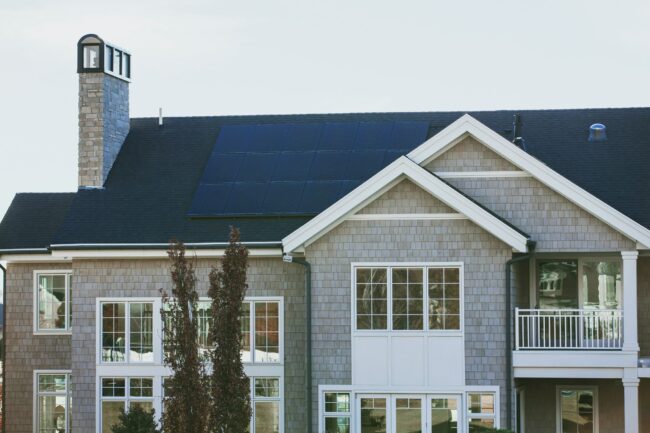Emerging Trends In Sustainable Home Construction
Home Construction: Global construction is predicted to grow by 85% by the year 2030, as found in a study published in the Global Construction Perspectives and Oxford Economics. This 3.9% growth per annum highlights the needs for a more sustainable approach to construction, and companies in this sector are responding with new technology.
Global construction is predicted to grow by 85% by the year 2030, as found in a study published in the Global Construction Perspectives and Oxford Economics. This 3.9% growth per annum highlights the needs for a more sustainable approach to construction, and companies in this sector are responding with new technology. From more efficient planning to 3D printing, there are many ways in which new technology is saving the day and making construction and design greener, more innovative, and more cost-efficient. Read on to discover a few examples.

Building Information Modeling Or (BIM) For Optimal Efficiency
One new development is the use of BIM to achieve optimal efficiency. This technology allows companies to save up to 20% on energy costs by conducting a building-wide energy analysis. From the moment new contractors are hired, 4D BIM allows them to craft step by step project development plans containing details regarding lead times, construction and installation, curing and drying times, and the interdependency between different stages. Through ultra-detailed planning, companies can prevent last minute, onsite coordination and re-construction while reducing waste and sticking to deadlines.
3D Printing
3D printing has made big strides in recent years in areas such as health (think printed crowns for teeth or prosthetics) and robotics, but it is also being used on a large scale to build houses (through layer-by-layer printing of concrete slabs) and on a smaller scale (for details such as kitchen tables, furniture and facades). In this sense, construction overlaps with design, and 3D printing becomes an ideal way of adapting to different design styles. 3D printing can be used to create cutting-edge modern features such as stone walls or stairways, as well as more traditional styles. In many parts of the U.S. (such as California and New York), minimalist, modern designs are trending. In others, however (such as Texas), semi-minimalist, modern interiors are matched to traditional French and Mediterranean facades, and Austin custom home builders and other contractors in the state are working with these trends. 3D printing can ensure that the integration between styles is seamless.
Moving Construction Off-Site
Environmentally friendly contractors are taking a new approach to modular or off-site construction. Assembling different sections of a home in a factory helps eliminate the average amount of scrap created, and it also cuts down on time. Professor Tuan Ngo, Research Director of the Australian Research Council Training Centre for Advanced Manufacturing in Prefabricated Housing, states that in some European countries like Sweden, prefab housing makes up 70% of the construction industry. He states that prefabrication is more sustainable for many reasons: it makes it easier to control how waste is processed and to maximize recycling; higher quality works boost thermal performance so heating and cooling costs are reduced; energy efficiency and safety testing are easier to conduct; and all testing can be conducted in one place, so transport needs are reduced.
The Use Of Green Power And Materials
Construction companies have a wider gamut of energy sources and materials to rely on. Active solar power, for instance, can be used to provide heat and electricity during the building process. Companies are also embracing the use of green material such as biodegradable paints, environmentally friendly material for walls and insulators, and green insulation. New design technologies such as cool roofs, meanwhile, are reflecting heat away, making them ideal for areas with very hot summers.
It’s a busy time for sustainable construction, with technologies such as pre-fabrication, 3D printing and BIM making for more efficient procedures that require less expenditure of energy. These technologies apply to all materials and styles, so they can be adopted by constructors across the nation. Pre-fabrication in particular allows for off-site testing for aspects such as wind, heat and cold in one single space. Solar energy and biodegradable materials, meanwhile, ensure that homes can contribute to sustainability, even in the event that they are taken apart.
